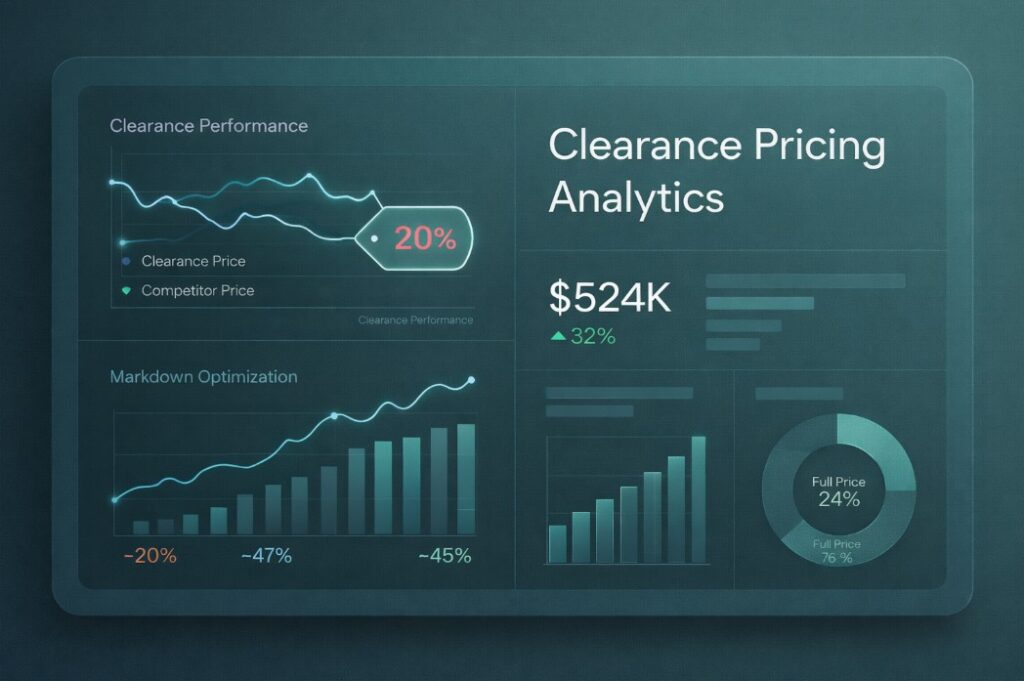- Product
- Solution for
For Your Industry
- Plans & Pricing
- Company
- Resources
For Your Industry
As pricing goes, competitive pricing is one of four major ways (the other three being cost-based, value-based, and demand-based) how businesses set and develop their pricing policy.
Basically, with respect to competitors, a company sets its pricing based on either lower, higher, or roughly the same as its competition. Competition can be either direct or indirect. Direct competition happens when a company produces similar products that cater to the same group of consumers.
Indirect competition exists when different companies make or sell items that, although not in head-to-head competition, still compete for the same share of the customers’ pockets.
A competitive pricing method is quick to implement as it doesn’t require as much in-depth market research as some other pricing methods like demand-based or value-based pricing. Instead, its foundation lies in the prices companies that sell similar products set.
This way, a company can rapidly attract and influence customers because there is already a potential pre-established customer base. However, a competitive pricing policy has its own advantages and disadvantages that companies looking to implement should be aware of.
In this post, we’ll show you three competitive pricing secrets that can help you boost your business.
A common happening in the e-commerce world is that companies often turn to underprice their goods believing lower prices or being the least expensive solution will drive sales volume. While the theoretical basis is sound, the practical part carries two big downsides.
Pricing your products lower than your competition takes a toll on your bottom line. Sure, lower-income is better than no income but you are needlessly leaving money on the table and seriously thinning and decreasing your profit margins.
You lose any form of brand recognition, at least the good one. Being too cheap might signal to customers your product is shady and possibly of questionable quality, ultimately steering them away from your competition.
Underpricing is typically a result of a lack of knowledgeable insights. It’s essential to avoid crossing the line between providing competitive pricing and underpricing. Pricing intelligence solutions assert themselves as the logical solution in this case, as they will provide data-driven insights to help a business stay competitive without underpricing.
Continuing the subject of lower prices, here is another thing that you might not know. Chances are, there is a group within your target audience that perceives your pricing as a bit expensive. This might pose a dilemma – to cater to them by lowering your prices or not?
Consider resorting to alternative measures such as offering buyer benefits in order to be more appealing. For instance, you can offer brand club membership with exclusive coupons and discounts. The essence of this method is that you are not lowering your price in general but offering special prices to specifically targeted customers at specific times.
Source: Harvard Business Review
Another way to achieve this is by offering fewer products or services for the same price. Taking into account your customers, product proportions and sizes, and order sizes can effectively reduce your costs and produce the desired result without reducing the value to your customer base.
For example, instead of offering a two-day delivery, a business can switch to three-day deliveries, saving enough money to keep the existing price without decreasing its margins.
This is an effective method that provides lots of breathing space for experimenting with what works and attracts customers and what repels them. You will often find the term “psychological pricing” (also known as odd-even pricing) accompanied by the example of charging 9.99€ for your product instead of 10€. This way customers feel they are getting a fair, lowest, or best possible price.
Simply switching up the product description can play a large role in selling your product. For instance:
– Selling something that costs “10€ per month” rolls better off the customer’s tongue than “120€ per year”, even if those price points are exactly the same in the end.
– Changing a 4€ shipping fee to “only a 4€ shipping fee” or “a small 4€ shipping fee” could increase the response rate among those hesitant to commit to a purchase.
– Another way to reframe your product is to provide a “free shipping” benefit with the actual shipping costs included in the product cost.
Balancing competitive pricing with profit margins can be a difficult task without the proper solution (and secrets) of the trade. It’s important to understand what can propel you in the business environment, as well as hurt you in the long run. The most valuable pricing methods consist of constant planning and management, as well as competitive price intelligence, which ultimately points to pricing software. It joins big data with historical information to help retailers set the prices of their products in an accurate and timely fashion.
Having in-depth knowledge of your market and target audience is vital. Lowering your pricing can certainly be a tempting proposal, but it can also cost you money if you lower it too much. Also important is knowing how you can appeal to customers’ price consciousness by reframing your price to appeal even to those hardened buyers. Keeping the competition factor provides a fast way of scoping the market and setting prices accordingly. By utilizing these little secrets, you will avoid the pitfalls of competitive pricing and turn them to your advantage.
If you found this useful and you’d like to learn how to take your pricing strategy to the next level, talk with one of our experts to take advantage of this opportunity.













Missing an important marketplace?
Send us your request to add it!